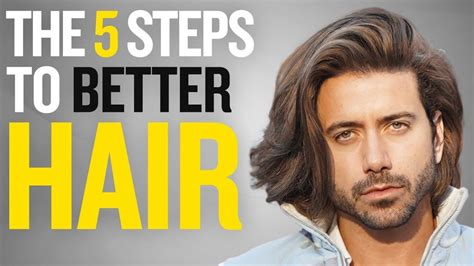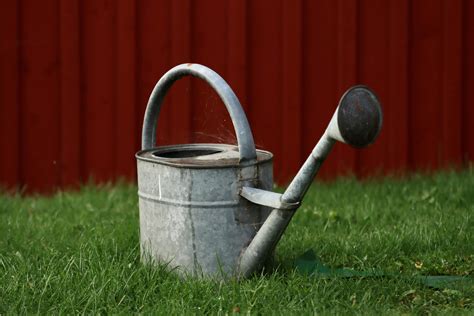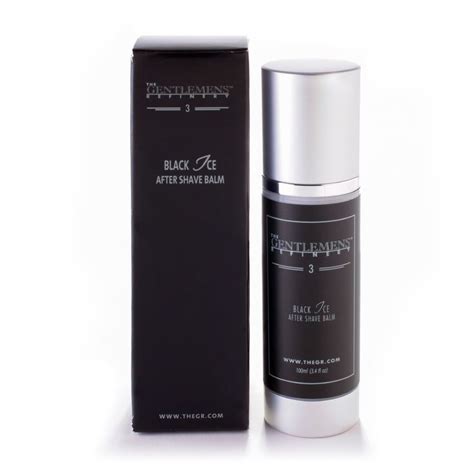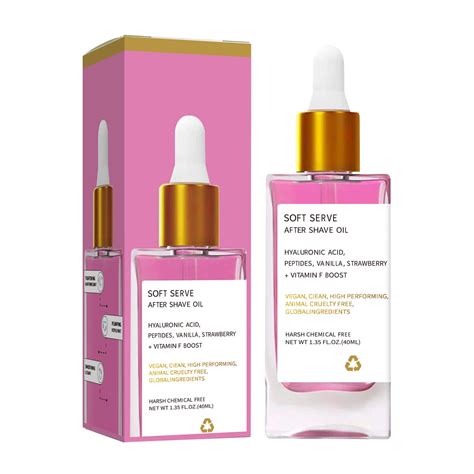Eliminate razor bumps: What shaving technique delivers a sharp, irritation-free performance?
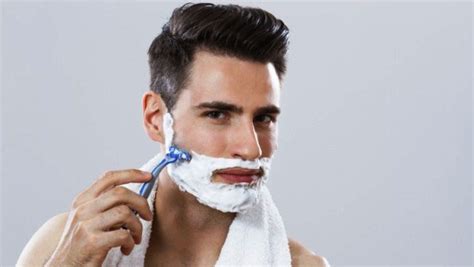
Understanding Razor Bumps and Their Cause
Razor bumps, medically known as pseudofolliculitis barbae (PFB), are a common and often painful skin condition primarily affecting individuals with curly hair. They occur when shaved hair, instead of growing straight out of the follicle, curls back and re-enters the skin. This triggers an inflammatory response, leading to red, itchy bumps that can sometimes become infected. While frustrating, achieving an irritation-free shave is entirely possible with the right technique and consistent practice.
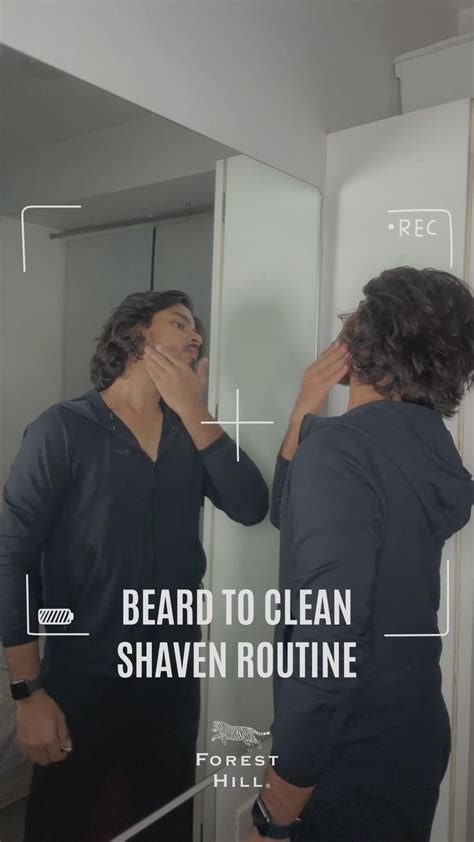
The Foundation: Pre-Shave Preparation is Key
A successful shave begins long before the razor touches your skin. Proper preparation softens the hair, opens pores, and creates a lubricated surface, reducing friction and the likelihood of bumps.
1. Cleanse and Exfoliate
Start by washing your face with a mild cleanser to remove dirt, oil, and dead skin cells. This helps prevent clogged pores and allows the razor to glide smoothly. For an even deeper clean, consider gentle exfoliation 2-3 times a week, but not immediately before shaving if your skin is sensitive.
2. Warm Water and Steam
Apply a warm, damp towel to your face for a few minutes or shave after a hot shower. Warm water helps to open pores and soften both the skin and the hair follicles, making the hairs easier to cut.
3. Apply Quality Shaving Cream or Gel
Use a rich, hydrating shaving cream, gel, or oil that creates a thick lather. Apply it generously, massaging it into your skin in a circular motion. Allow it to sit for a minute or two to further soften the hair.
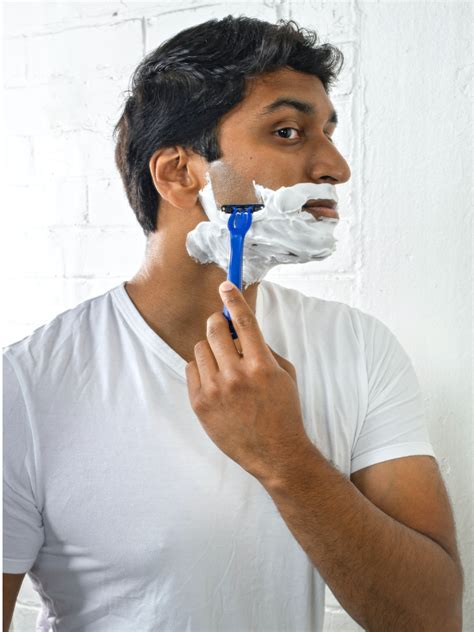
The Shave Itself: Mastering the Technique
This is where precision makes all the difference in preventing razor bumps.
1. Use a Sharp, Clean Razor
- Blade Freshness: A dull blade tugs at hair, causing irritation and uneven cuts. Change your razor blade or disposable razor every 5-7 shaves, or at the first sign of discomfort.
- Cleanliness: Always rinse your blade thoroughly before and during shaving to prevent bacteria buildup and ensure optimal performance.
2. Shave with the Grain
This is arguably the most crucial step for bump prevention. Identify the direction your hair grows by running your hand over your face. Shave in the direction of hair growth (with the grain) for your first pass. This minimizes the chance of hair curling back into the skin.
3. Light Pressure and Short Strokes
Let the sharp blade do the work. Apply minimal pressure to avoid irritating the skin and causing nicks. Use short, controlled strokes, especially in sensitive areas.

4. Rinse the Blade Frequently
After every 1-2 strokes, rinse your razor under warm running water to clear away hair and shaving cream. A clogged blade is inefficient and increases friction.
5. Re-Lather for Subsequent Passes (If Necessary)
If you desire a closer shave, re-lather your face and consider a second pass. For those prone to razor bumps, shaving across the grain might be an option, but shaving against the grain should generally be avoided completely or done with extreme caution only after a pass with the grain, and only if your skin can tolerate it without irritation.
Post-Shave Ritual: Soothe and Protect
What you do immediately after shaving is just as important as the shave itself.
1. Rinse with Cool Water
After you’ve finished shaving, rinse your face thoroughly with cool water. This helps to close the pores and calm the skin.

2. Apply an Aftershave Balm (Alcohol-Free)
Avoid alcohol-based aftershaves, which can dry out and irritate the skin. Instead, opt for a soothing, alcohol-free balm or lotion containing ingredients like aloe vera, witch hazel, or chamomile to calm and hydrate the skin.
3. Moisturize
Follow up with a good quality, non-comedogenic moisturizer to keep your skin hydrated and protected.
Common Mistakes to Avoid
- Dry Shaving: Never shave without proper lubrication.
- Dull Blades: The most common culprit for irritation.
- Excessive Pressure: Leads to cuts, irritation, and ingrown hairs.
- Shaving Against the Grain: Directly contributes to razor bumps for many individuals.
- Over-Shaving: Going over the same area multiple times increases irritation.
- Poor Aftercare: Neglecting to soothe and hydrate the skin post-shave.
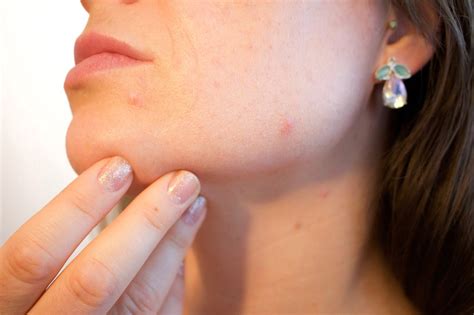
Conclusion
Eliminating razor bumps requires a commitment to a meticulous shaving routine. By focusing on thorough pre-shave preparation, mastering your shaving technique with a sharp blade and light touch, and diligently applying proper post-shave care, you can transform your shaving experience. Consistent practice of these techniques will not only lead to a sharp, irritation-free performance but also healthier, smoother skin, making razor bumps a thing of the past.
